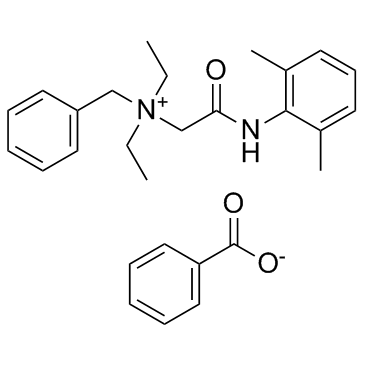| Structure | Name/CAS No. | Articles |
|---|---|---|
 |
sucrose
CAS:57-50-1 |
|
 |
Formaldehyde
CAS:50-00-0 |
|
 |
denatonium benzoate
CAS:3734-33-6 |
|
 |
2-Phenylindole
CAS:948-65-2 |